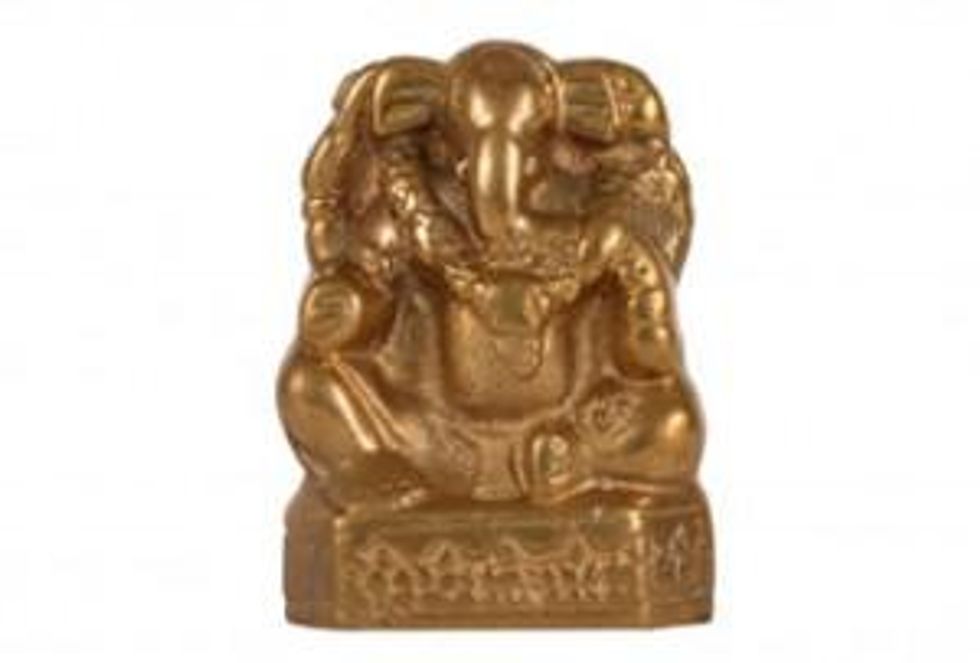Demand for gold is down in both China and India, the top two consuming nations of the yellow metal. The reason for the dips are different, however, as are the prospects for a gold market recovery.
Demand numbers heavily reflect movements in China and India, two countries that are not necessarily mirrored by other markets around the globe, the report states. This observation reiterates the influence that these two markets have and suggests that any weakness in them is likely to have a global impact.
India and China accounted for 45 percent of the demand for gold jewelry, bars and coins during the second quarter of 2012. Though gold demand has been weak in both of these top gold-consuming nations, there are key differences in their lack of demand.
Weak gold demand in India
During Q2, India’s jewelry demand fell 30 percent while bar and coin investment demand dropped 51 percent. Combined, these figures represent a 38 percent drop in consumer demand, to 181 tonnes compared to 294 tonnes in Q2 2011.
The WGC describes the environment for gold jewelry demand in India this year as “unsupportive,” citing factors including a slowing GDP, high domestic inflation and high interest rates.
With the rupee severely weakened against the dollar in Q2, gold prices rose to record levels in India, meaning that market participants were more inclined to book profits than to purchase more metal.
That was likely much to the government’s liking, as it has identified gold as one of the factors driving the nation’s current account deficit (CAD). Aiming to reduce the CAD, Indian officials have discouraged gold purchases this year. The Reserve Bank of India (RBI) recently considered clamping down on gold coin sales by banks.
Edel Tully, precious metals strategist at UBS, said that “coin demand is the smallest element in the demand pack,” and what is important is the message that will be transmitted if the RBI takes the action it has suggested; a move to stop banks from selling gold coins would signal that 2012 gold imports are still too high.
Concerns about a poor monsoon season also have the potential to weigh on India’s appetite for gold. India’s rural population plays an important role in the nation’s gold consumption, and suffering in the agricultural sector will likely be reflected in weak demand for the yellow metal.
Weak gold demand in China
Declines were far less severe in China. Gold jewelry demand fell 9 percent during Q2 while bar and coin investment demand fell 4 percent. Overall, Chinese consumer demand was only 7 percent lower in the past quarter, at 145 tonnes compared to 157 tonnes during Q2 2011.
Although the Chinese economy also slowed, gold market authorities suggest that the main reason for weak demand in this nation is that the current market conditions are not favored by Chinese consumers.
The WGC notes that Q2 is a seasonally weak period for gold demand in China, but adds that the range-bound gold price has acted as a deterrent for consumers. During Q2 2012, gold prices remained largely within a $100 range of $1,600. Chinese buyers prefer to buy into an established upward price trend. The consolidation in gold prices during the second quarter prompted a decline in net new buying, according to the WGC.
Following a trip to the region, GFMS analyst Cameron Alexander also said that the lack of price direction has negatively impacted consumer sentiment and played a central role in the lack of demand in Q2.
“This is in stark contrast to the same period last year when there was healthy belief that prices would continue to rally and consumers entered the gold market confident that there was potential for asset growth and wealth protection,” Alexander noted.
Chances of recovery
The WGC says Indian investors will be looking for dips in local gold prices as buying opportunities and also says demand should emerge during the fourth quarter, which corresponds to wedding season and the Diwali festival in November. However, the WGC warns that an Indian gold demand recovery is dependent on rupee appreciation. High prices related to depreciation of the currency are likely to prompt further profit taking.
Given the types of obstacles Indian consumers face, many are skeptical that India’s gold appetite will fully recover this year.
On Tuesday, Prithrivaj Kothari, president of the Bombay Bullion Association, told the press that India’s gold demand during the peak season of September to December will likely slump 40 percent. He cited drought, fewer weddings and high gold prices as contributing factors.
On the contrary, there is optimism that a Chinese recovery will occur.
Though lower than in the past, steady growth is expected in the Chinese economy. Consumer sentiment is expected to recover and Chinese consumers are anticipated to have adequate disposable income to jump back into the gold market when it does.
“We believe that the fall in demand for the second quarter is only a temporary aberration rather than the start of a declining trend,” Alexander wrote.
“Chinese demand … is likely to approach 900 tonnes in 2012, with a fair chance that the country will overtake India to become the largest gold consumer,” he predicted.
Still, if demand in India does not recover, the gold market will need China to pick up a lot of slack, and investors should consider whether the Chinese appetite is likely to expand to those proportions.
Moreover, gold investors should be prepared for the possibility that Indian demand will remain weak and predictions about the recovery in China will fail to become reality, as these two essential pillars will not be easily compensated for.
To put into perspective how influential India and China are, consider the WGC’s explanation of how these two markets “heavily skewed” investment demand.
Total bar and coin demand of 302.8 tonnes represents a 10 percent year-on-year decline, according to the WGC. India and China accounted for a combined 36 percent of this demand in Q2.
“[E]xcluding them from the total data gives a notably different result: a 16% year-on-year increase,” states the WGC.
Securities Disclosure: I, Michelle Smith, hold no direct investment interest in any company mentioned in this article.






